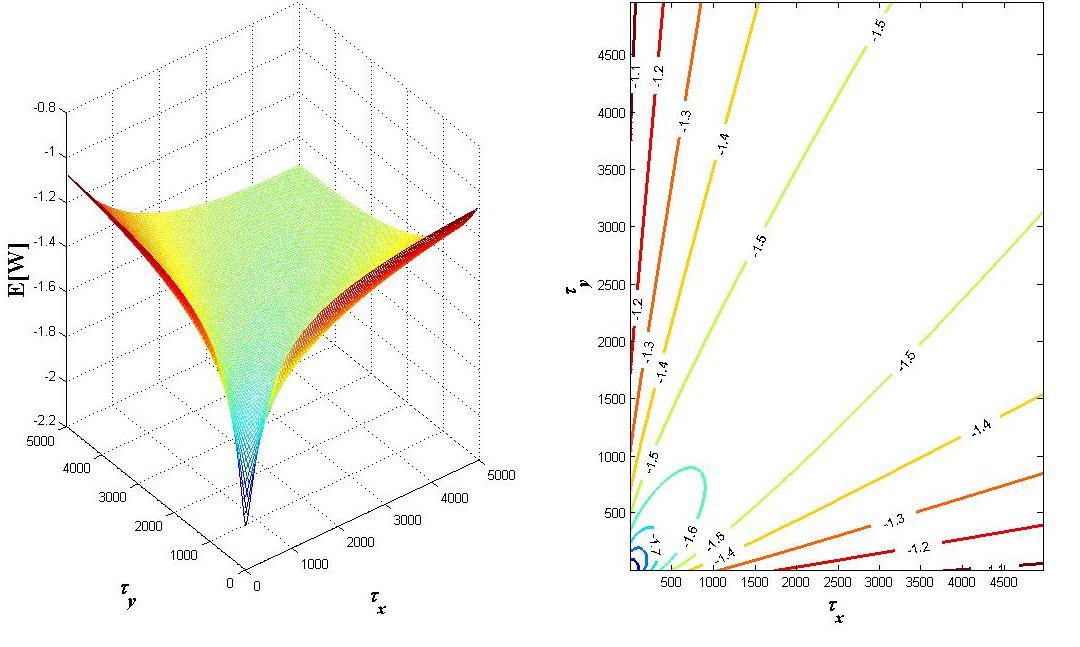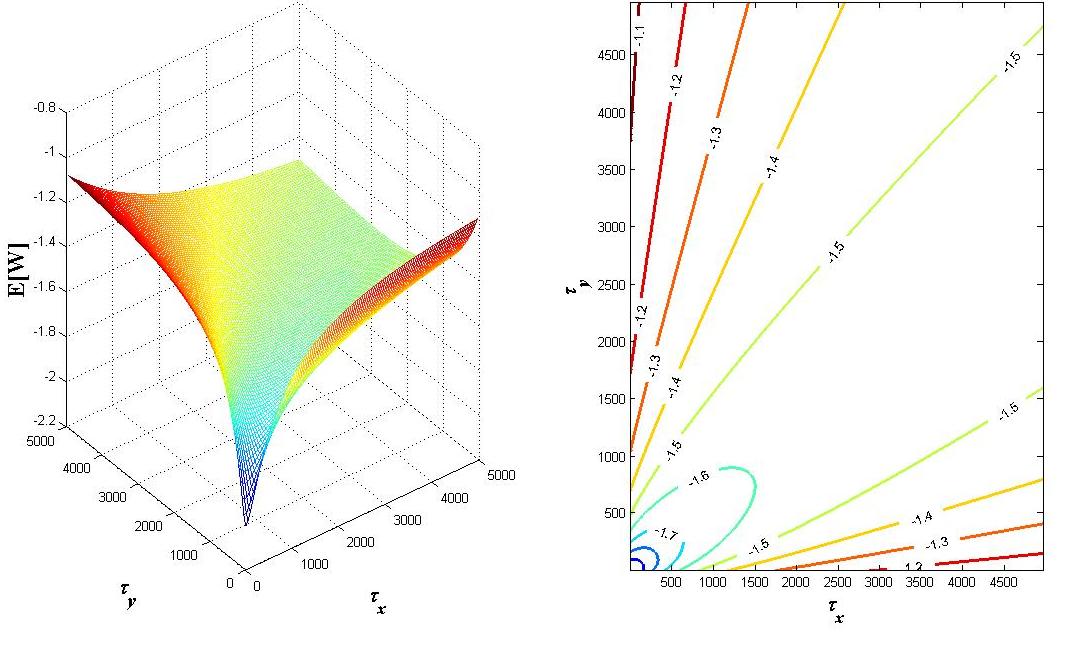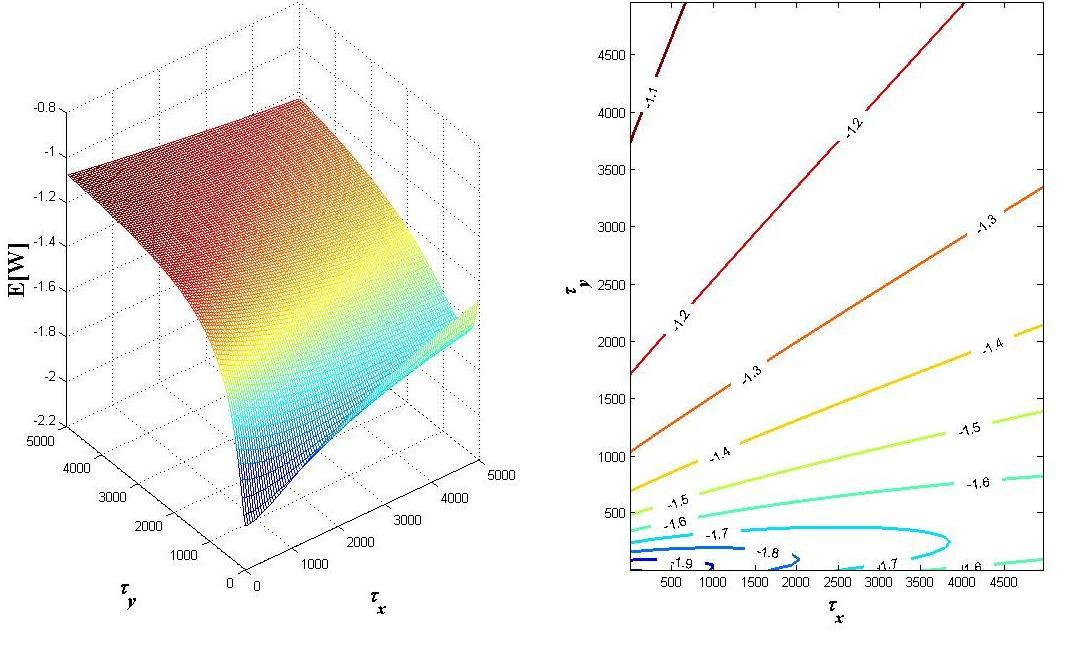Project: Risk Analysis & Decision Making
The objective of this research is to develop rigorous approach to quantify risk perception, its implication in risk analysis and risk communication, and the effect of ambiguity in risk-informed decision making.
Social Value of Risk Information
Risk perception is influenced by many factors, such as cultural differences, political and ideological bias, genders, risk targets, affect and emotion, communicator’s characteristics, controllability, and others. In this research, a mathematical model of social value of risk information is proposed to model risk perception in order to support effective risk communication and policy making. With the differentiation of sources information and the consideration of second-order perception, the proposed model predicts how the amount of information would have impacts to people's risk perception and social welfare in general.
Risk and Ambiguity in Risk-Informed Decision Making
Risk is usually regarded as the combination of the probability that an event occurs and the consequence of such event. Typically risk analysis requires the taxonomy of events and associated probability estimates. Thus the probabilities are assumed to be known. In many situations, people hesitate to make decisions when probabilities are not well known because of the lack of knowledge, in which case it is called ambiguity aversion. In this research, the effects of risk ("known unknown") and ambiguity ("unknown unknown") are explicitly considered in modeling. Risk-informed decision criteria that incorporate ambiguity are developed to improve the robustness of decision making.


